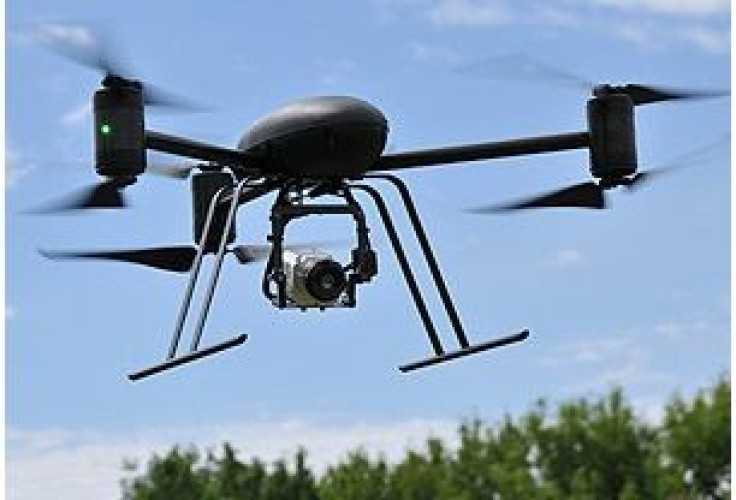South African Drones Aim To Ease Johannesburg's Congested Traffic

After years of traffic problems that have earned Johannesburg the unfortunate distinction as one of the world’s top 10 congested cities, two local media outlets will turn to drones to track the South African city’s traffic as part of concept project, the companies announced Monday.
Kagiso New Media and Jacaranda FM will use the unmanned aerial vehicle for 15 days in the morning rush hours between 7 a.m. and 8 a.m. and the evening rush hour between 4 p.m. and 5 p.m. The move follows successful test flights using a remote-controlled helicopter-like drone and will provide real-time reliable traffic updates to residents so they can avoid heavy traffic, alleviating congestion.
The UAV will observe traffic congestion on the N1 highway to provide up-to-the-minute online video feeds of traffic conditions during peak hours. Jacaranda FM’s presenters will use the feed to enrich their on-air traffic reports. In addition, anyone can view the feed live on Jacaranda FM’s website (jacarandafm.com), on both PCs and mobile devices, and through live Twitter updates (@jaca_traffic).
Should the project prove successful, Kagiso plans to use drones to cover other congested traffic areas and provide live footage from events and aerial live coverage of major news events.
“At a group level, Kagiso Media is always looking for innovative ways to bring our audience converged services that add value to their lives,” said Attila Bernariusz, Kagiso New Media’s GM of operations. “The proof of concept – a collaboration between Kagiso New Media and Jacaranda FM – weaves together radio and digital technology in a really exciting way. Pending the results of this proof of concept, we look forward to operating a fleet of UAVs that will bring our Web and radio audience up-to-the-minute news and information.”
The Commercial Unmanned Aircraft Association of Southern Africa will set the safety guidelines for the project, something the United States will be unable to do until the FAA decides on how to legislate UAVs in American airspace in 2015.
© Copyright IBTimes 2024. All rights reserved.












